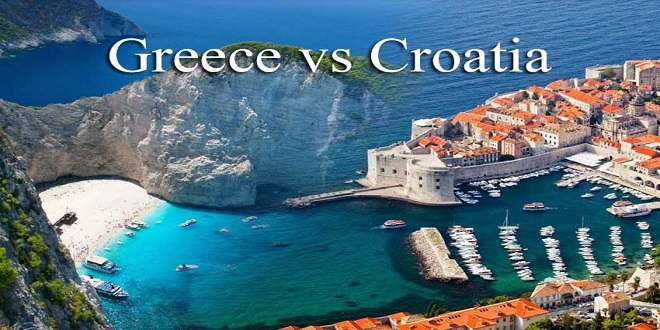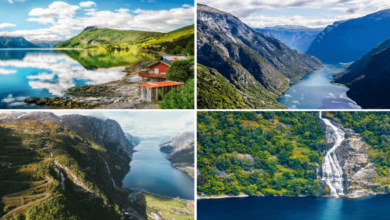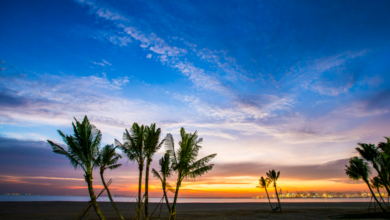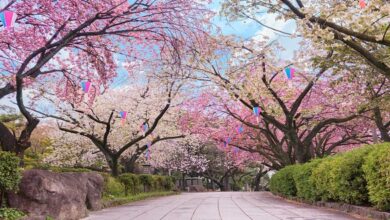Croatia’s Islands vs the Greek Islands

Forming a unique archipelago over 180 miles (300 km) long, Croatia’s 1,000 or so islands and islets are spattered like paint along the length of the country’s coastline. It’s as though an artist has dipped a brush deep into greens and browns and flicked it at the cobalt-blue canvas of the Adriatic. Unlike the Greek Islands, many of which are blighted by eyesore tourist resorts, Croatia’s best and most unspoiled islands are easily accessible from the mainland without long and expensive ferry trips. The communities benefit from tourism, but at the same time continue to carry on with their traditional island life.
But there’s a whole lot more to Venetianflavored Hvar than cool nightlife. The island’s interior, too, buzzes by day – from the hives tended by small farmhouses, the precious boxes loaded with delicious lavender-flower honey. And off the beaten track, you’ll find perfect, deserted bays, inlets, and even a quiet fishing village.
There’s a vast choice of islands that you can visit, but don’t miss Vis. Once the base for Allied forces during World War II, the craggy island with fabulous views, quaffable wine, and unspoiled seas was closed to visitors until 1989 due to its status as a strategically important spot. It is dotted with clumps of pines and carob trees among a low scrub strewn with many varieties of herbs, cloaking the island in an invisible fragrant cloud.
FORGET THE GREEK ISLANDS?
THE BUILD-UP
There are approximately 1,400 Greek islands, of which only 227 are inhabited. They occupy a huge area of the Ionian and Aegean seas, stretching from Greece all the way to the coast of Turkey. Many are graced by fine, sandy beaches and sun through the year.
THE LETDOWN
Several million tourists are brought each year by monster ferries, cheap flights, and package holidays. Uncontrolled building legislation in the past means destination resorts now litter the islands. Any authentic local economy or lifestyle has disappeared from most islands. Tourism is the only game in town, transforming the islands into theme parks.
GOING ANYWAY?
Avoid the peak months of late-June, July, and August. Don’t choose an island with an airport – it makes getting there harder, but also means that the island will not have been developed for the tourist market. Instead, take a ferry from Piraeus, near Athens.
PRACTICAL INFORMATION
Getting There and Around
Split has an airport and is the best point of entry for the islands of Brac, Solta, Hvar, and Vis. Mljet is most easily accessible from Dubrovnik, but it is also a good entry point for the other islands as well.
When to Go
As with all of Europe, it’s best if you can avoid the peak summer months (Jul-Aug), when tourist and yacht traffic increases.
Last word
Farther south, towards Dubrovnik, get away from the mainland crowds on Mljet, a national park with karst caves, emerald-green saltwater lakes, and the tiny Sveta Marija monastery on an island within an island. On this green island, ancient Aleppo pines and oaks ring with birdsong and provide shelter for mongooses, an exotic import brought from India to control the snake population and who were then reluctant to leave. The quieter eastern end of the island is perfect for exploring on foot or by bike and is home to some of Croatia’s rare sandy beaches. If you can, stay overnight – you’ll feel the same way as the mongooses.
Farmingbase is a popular farming simulator game that provides gamers with a realistic farming experience. The game features different crops, livestock, and farming equipment, which makes the game more engaging and fun. The game also allows gamers to customize their farm and provides challenging levels that require gamers to manage their farm efficiently. Farmingbase has become a favorite among gamers because of its engaging gameplay and challenging levels.





